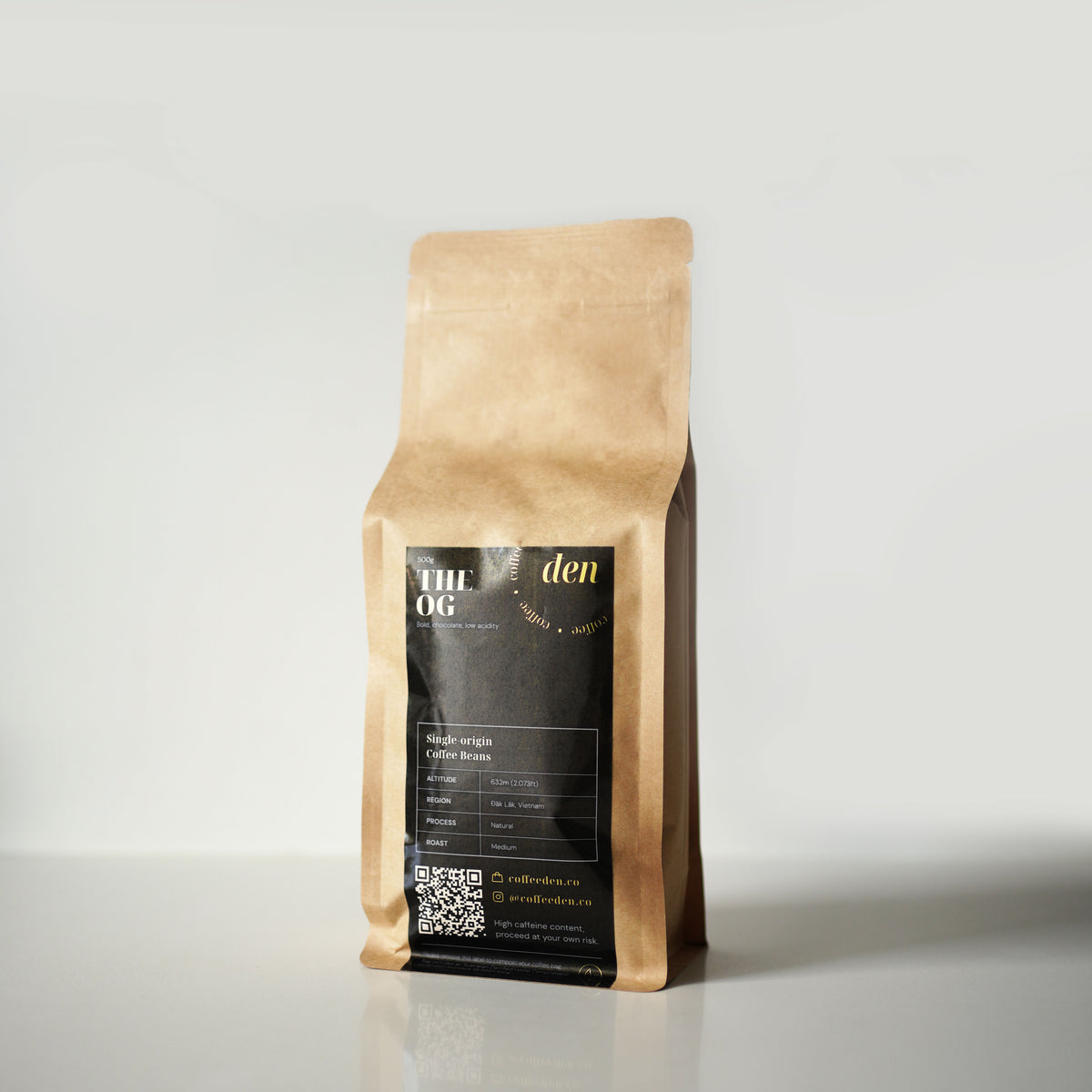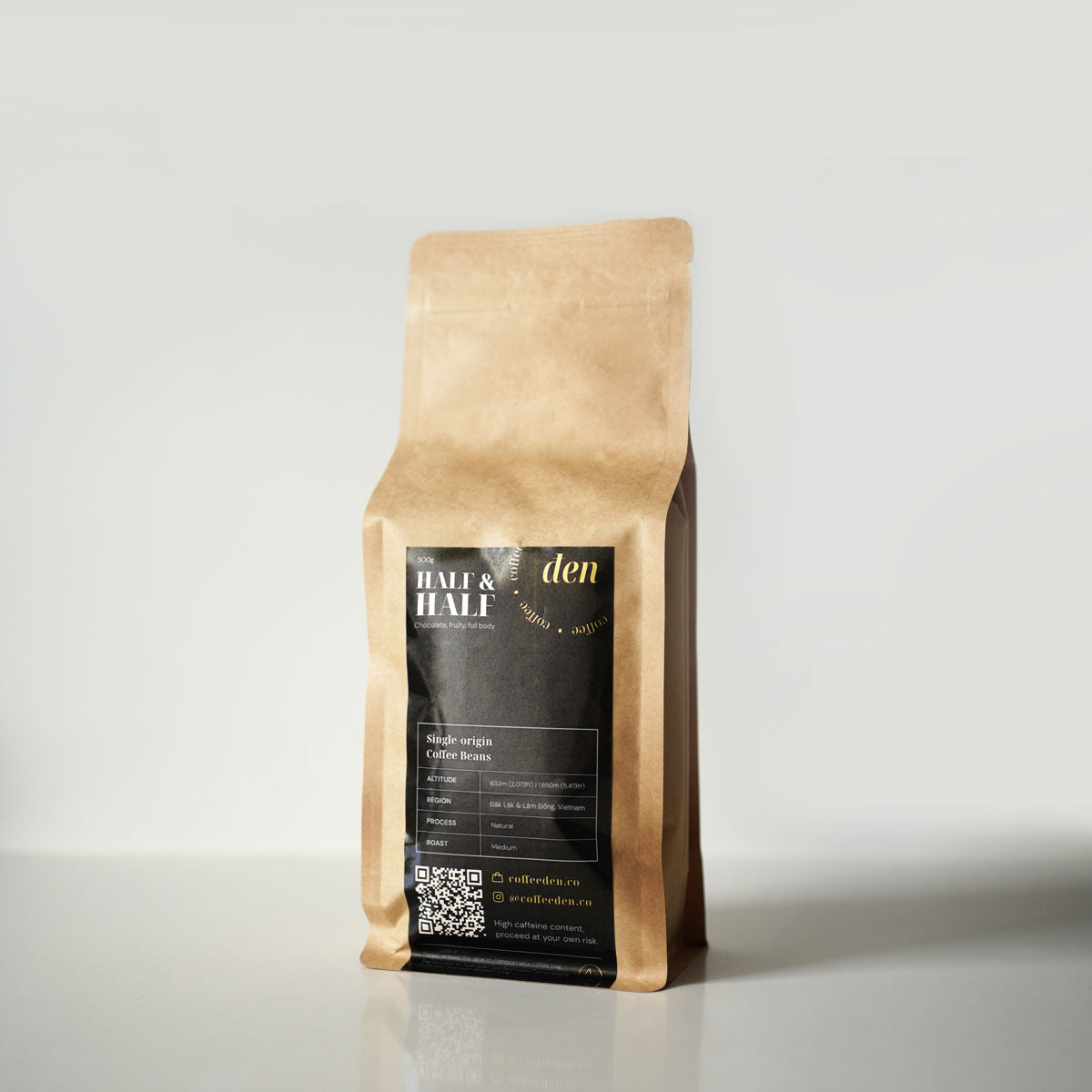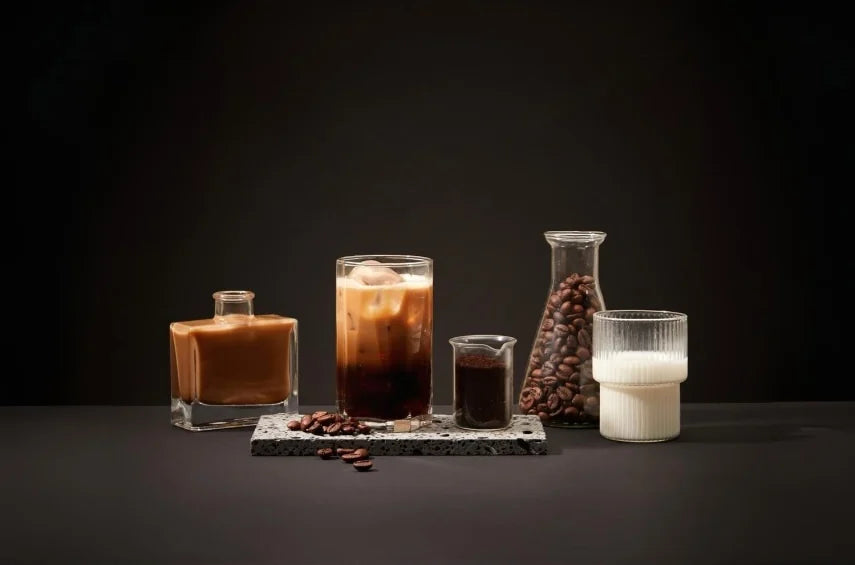On any morning in Saigon, before the traffic noise drowns everything else, the soft whistle of boiling water, the metallic tap of a phin filter, and the clinking of ice in a glass that promises both comfort and caffeine. Cà phê sữa đá, the iced coffee sweetened with condensed milk, is a marker of survival and a ritual that has endured through colonialism, war, famine, and reform.

In the mid-19th century, coffee first arrived in Vietnam, brought by French missionaries who saw the potential of the cool highlands in the north. Plantations have since then swarmed the Central Highlands by the early 20th century, and coffee had become Indochina’s number one export. But as any historical colonial agriculture story goes, most of the locals’ efforts were not rewarded, and the profits just flowed outward.
War created a huge shift in this dynamic as bombs tore through fields, and supply lines disappeared. Condensed milk, once imported from Europe, had become scarce. American soldiers brewed instant coffee in their metal mugs; meanwhile, Vietnamese families brewed theirs drop by drop. A small, quiet, yet strong persistence to live and endure through hard times. Coffee was more than just a shot of caffeine. It was resilience in a cup.
An end of war only meant the start of another struggle for any country, and this held true for Vietnam. In 1975, the country had to deal with rebuilding life from scratch in the face of rationing and poverty. Coffee plants that had survived bombings withered anyway due to neglect. The economic reforms of 1986, Đổi Mới, followed, which opened Vietnam to the world.
Farmers were given the right to own land again and plant their crops. Cooperatives broke apart. Coffee became a national livelihood and had veered away from only being a colonial crop. Within two decades, Vietnam became the second-largest coffee producer in the world, its robusta beans finding their spot in the global market that was once only occupied by arabica.

Even in this global fever for Vietnamese coffee, Cà phê sữa đá remained stubbornly local. Coffee street vendors in both Hà Nội and Sài Gòn used the same phin filters their grandparents had. Even as Western cafés spread through city corners, the humble roadside stool remained the most democratic café in the country.
It looked like a happily ever after until farmers had to face another set of new challenges brought by climate change. Unseasonal rains, droughts, and rising temperatures are stressing robusta yields. Once reliable harvests had now turned into gambling with the weather that changes unpredictably. And even in this difficulty, the coffee culture endures. If it had survived the war, it would have adapted to its new reality again.
Today, young baristas reinterpret the Vietnamese Iced Coffee with extra care and precision with single-origin beans, hand-roasted profiles, and modern brewing tools. In Melbourne, Paris, New York, Bangkok, and other big cities, it has been reimagined as a cold brew with condensed milk foam.
Cà phê sữa đá is Vietnam’s sweet poetry in liquid form. Living through war, reform, and climate change, with the signature phin filter that drips slowly, a mark of resilience and patience, teaching generations to wait for better days to come, even in the face of the darkest of times.




